OSHA Inspection Series: The Principles of Fall Protection Safety
Would it surprise you to know that working at height is one of OSHA’s top cited incidents year over year? There are certain principles of fall protection that need to be followed when working at an elevated height.
“Working safely may get old, but so do those who practice it.”
This is sage advice from an unknown author, especially when it comes to working at height.
According to OSHA Publication 2056, there are nearly 6,000 workplace fatalities in the United States and 50,000 deaths due to workplace-related illnesses each year. Also, there are 5.7 million non-fatal workplace injuries, and those injuries alone cost U.S. businesses over $125 billion annually.
Falls are the leading cause of death in the construction industry, and most fatalities happen when employees fall from open-sided floors and through floor openings. Falls from as little as 4’ to 6’ can cause long-term time away from work, or death, which means all open-sided floors and platforms 6’ or more in height must be guarded.
In this article, we’ll discuss the:
- Use of required fall protection
- How to stay OSHA compliant with your fall protection
- Mandatory training
- Inspection documentation
What Are the OSHA Fall Protection Standards?
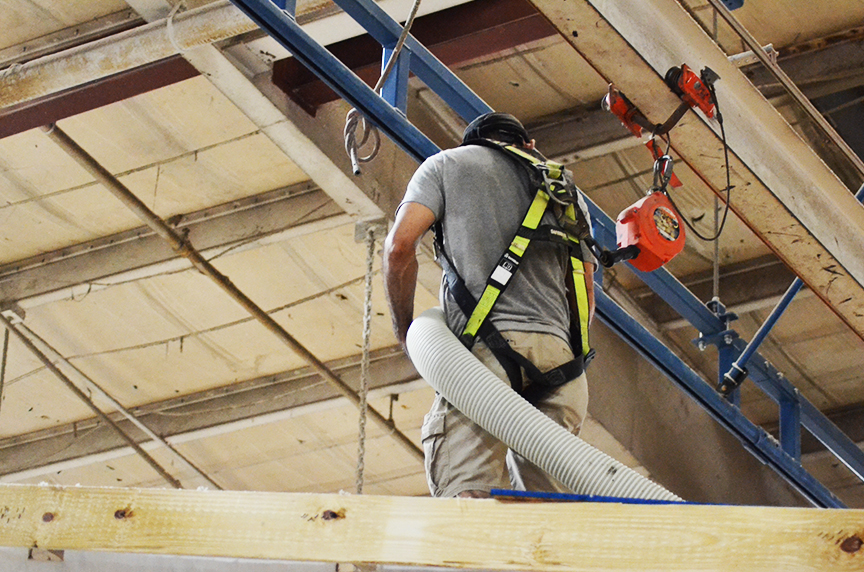
What Mazzella Fall Protection Specialists have found in recent years is that when people who talk about OSHA (Occupational Safety and Health Administration) and fall protection, they don’t understand that OSHA generally classifies fall protection into two areas:
- Construction
- General industry
Construction is governed by the OSHA 1926 standard, while the General Industry standard is OSHA 1910, and height requirements for fall protection are different. For construction, fall protection must be used when work takes place at 6’ or higher. For general industry, it’s 4’ or higher.
Fall Hazard Identification
OSHA comprehensively looks at hazard identification as a way to protect workers at height. Once a hazard is identified, the focus shifts to controlling the risk. When dealing with a height hazard, you’re talking about either eliminating it or controlling it.
A lot of times, you cannot eliminate the hazard. If that is your situation, you use the hierarchy of fall protection, which is a series of controls to control hazards that come from working at height.
There are many types of fall protection measures, including:
- Lifelines (vertical and horizontal)
- Guardrails
- Fall restraint
- Fall arrest
It is paramount that you select the best option based on your work site needs. OSHA inspectors may look at your situation and ask the following questions:
- What are you doing to keep your workers safe?
- Is a competent person on site?
- Do you have a qualified person?
- Was the system you’re using designed by an engineer?
They’re looking to see what you have in place to keep people safe, and you can do that through a series of these controls. Also, they will be looking at your Job Safety Analysis (JSA) to see that you’re following it.
OSHA does a very good job of ensuring you look at your JSA and say, “Oh, so that’s why I have to do that? That’s why I have to do this, right?” An OSHA inspection is a vehicle for your employees or your team to better communicate so everybody knows what you’re doing to be safe.
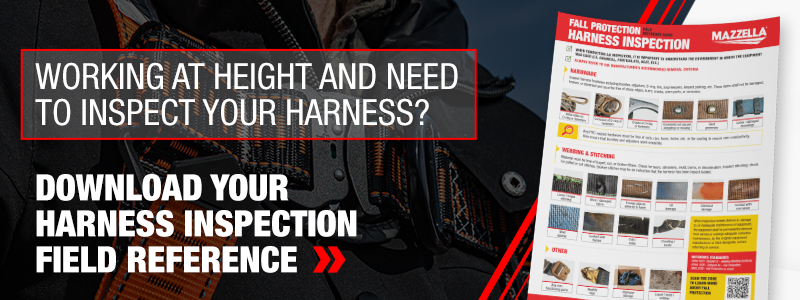
How Do I Keep Myself and Others Safe at Height?
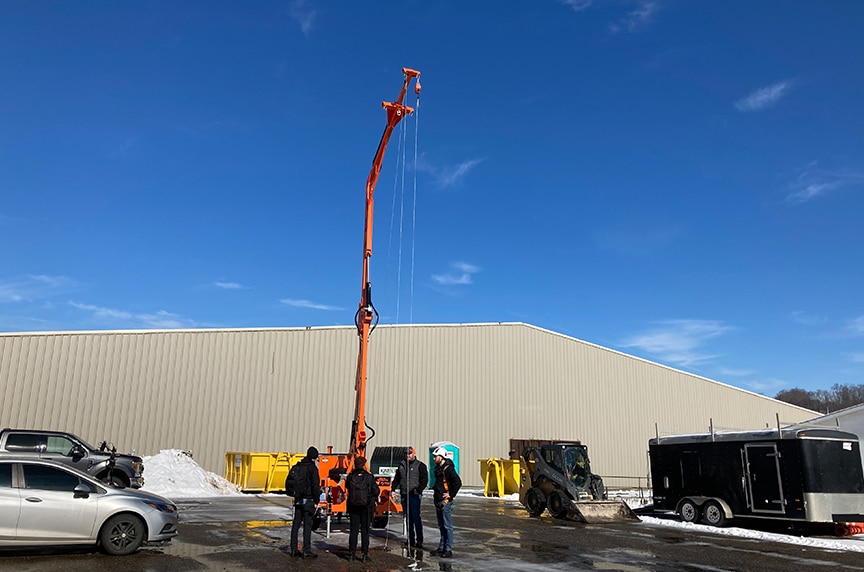
Before you actually begin work at height, you have to plan the job and you have to use a JSA. Also, you need to have a rescue plan because if a fall does occur, you have rescue that worker to prevent further physical injury.
If you don’t have a rescue plan, and you’re simply calling 9-1-1, then you better know the distance that the rescue team is going to travel to provide aid to the fallen worker. It’s very important that before work begins, you make sure your fall protection equipment will stop you before contacting the ground or any lower level on the job site.
Is Fall Protection Training Mandatory?
OSHA 1910.30 states that: The employer must train each employee in at least the following topics, including the:
- Nature of fall hazards in the work area and how to recognize them
- Procedures to be followed to minimize those hazards
- Correct procedures for:
- Installing
- Inspecting
- Operating
- Maintaining
- Dissembling
The correct use of personal fall protection systems and equipment including, but not limited to, properly hooking up anchor points and tie-off techniques, and methods of equipment, inspection and storage as specified by the manufacturer.
What Documentation Is Needed for a Fall Protection System?
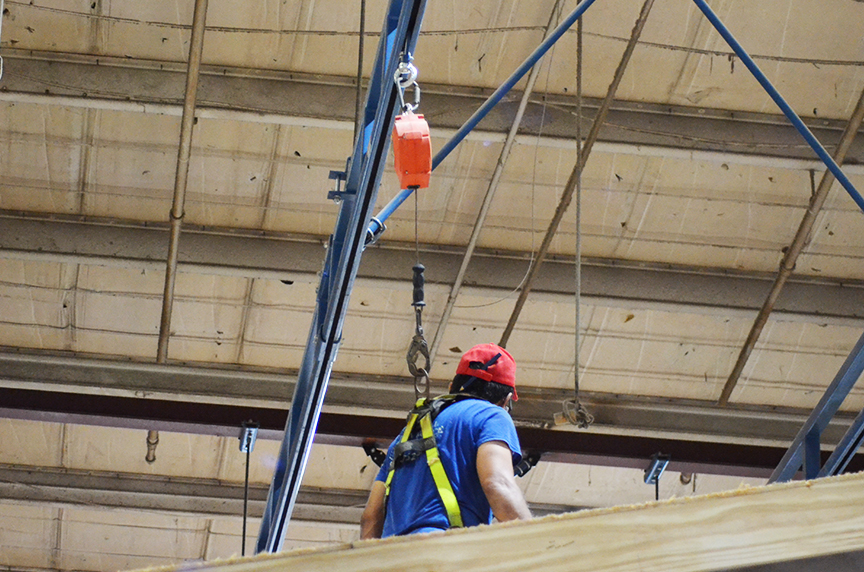
Mazzella Fall Protection Specialists have visited several customers who already had lifelines installed. Some of those systems were found to be out of compliance with OSHA standards because they were self-installed many years ago, and there was no documentation on how to inspect them.
Oftentimes, what has to be done to become OSHA compliant is that old system must be taken down. In that case, a new engineered or pre-engineered system would need to be installed and inspected to meet the criteria for use. What our specialists have seen in recent years is when OSHA performs an inspection on a system, and that unit passes, it does so because it was installed and maintained properly.
What Process Does Mazzella Use to Perform Fall Protection Inspections?
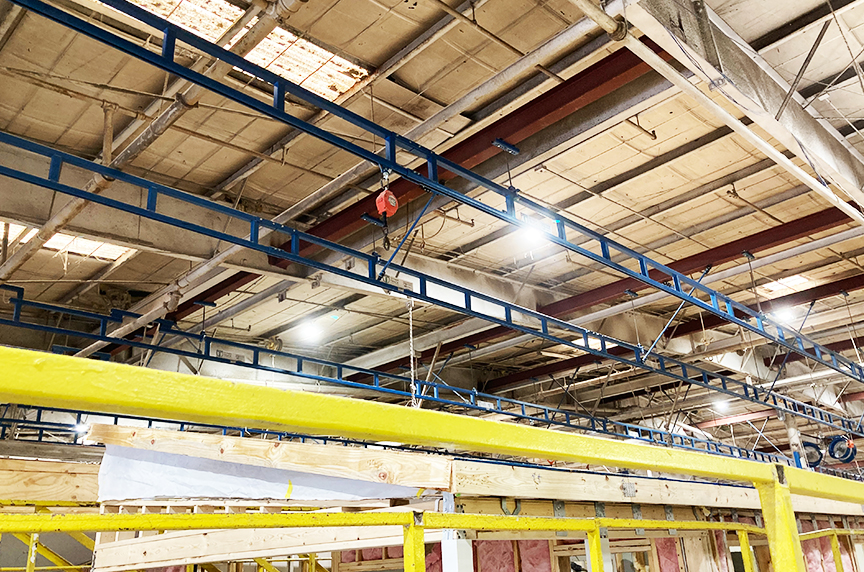
Regular inspections are very important, and Mazzella understands this very well. We have forms within our company that actually show the following information on your fall protection system, including the:
- Manufacturer
- Date of install
- How many people are on it
- Manufacturer model number
- All other information pertaining to that particular piece of equipment in your facility
We’re not just going to fill out the form and hand it to you along with an invoice. If you have any questions about it, we show you the form up front, and then, walk you through what we’re talking about. Before workers attach to the fall protection unit, they need to see that it was inspected, and it was inspected annually. In some cases, if it’s a manufacturer spec, it’s before each use or every six months, whatever is needed to be compliant.
This way, if you had an OSHA audit looking for the last time your system was inspected, we can produce that document for you, show you the date and when it was done. That provides you with peace of mind that the equipment is safe when your workers are doing their job while tied to it.
Inspecting Personal Fall Protection Equipment
Failure to inspect personal fall protection equipment is one of the top 5 reasons a business isn’t OSHA compliant. Most people don’t even realize they need to perform a visual inspection of their fall protection gear prior to their shift, let alone have a documented annual inspection performed.
According to ANSI/ASSE Z359.2:
Fall protection equipment shall be inspected by the authorized person at least once at the beginning of each eight-hour shift in which it is used to verify that it has not sustained any wear or damage that would require its removal from service. Fall protection and fall rescue equipment shall be inspected on a regular basis not to exceed one year (or more frequently if required by the manufacturer’s instructions) by a competent person or a competent rescuer, as appropriate, to verify that the equipment is safe for use.”
Properly inspecting your personal fall protection gear for damage or irregularities prior to each use is the best way to help keep everybody safe. Keep in mind fall protection harnesses, lanyards, and retractables are the last lines of defense to help keep your employees safe in the event of an accidental fall from height.
Industry standards also require your fall protection equipment be inspected, at a minimum of once a year, by a “competent person” who has been certified for that specific task by their employer. There are many third-party companies who can train members of your team to properly size the equipment, inspect it to identify any abnormalities, and ultimately, determine if it needs to be removed from service. Best practice is to retain documented inspection records for two years.
You should familiarize yourself with the following standards relating to personal fall protection and their removal from service criteria:
- ANSI/ASSE Z359.11 – Safety Requirements for Full Body Harnesses
- ANSI/ASSE Z359.13 – Personal Energy Absorbers and Energy Absorbing Lanyards
- ANSI/ASSE Z359.14 – Safety Requirements for Self-Retracting Devices for Personal Fall Arrest and Rescue Systems
How Can Mazzella Help with Fall Protection?
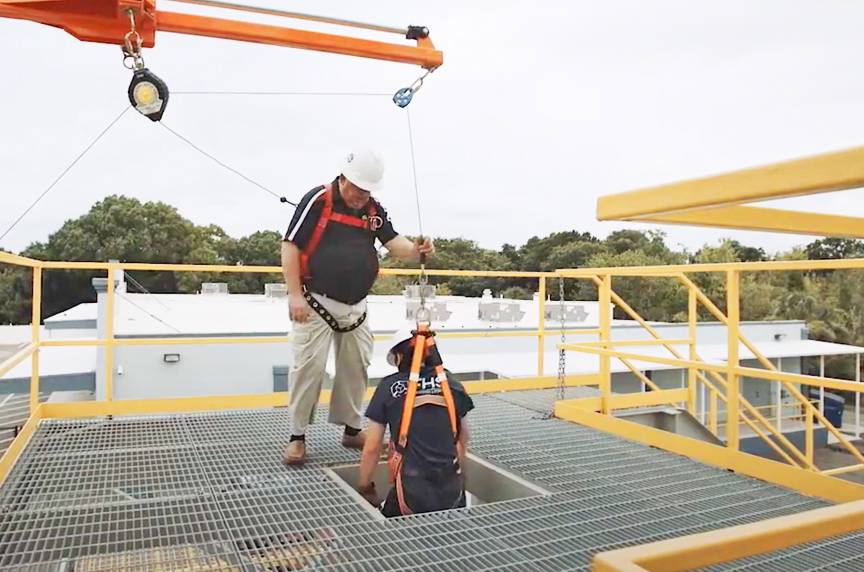
Mazzella has a team that works with you to find the best fall protection solution based on your needs. We have a structural engineer and a sales rep that actually is an expert in lifting and in safety. Also, you will have a product manager that is dedicated solely to working safely at height. When Mazzella comes on your job site or in your plant, and we talk to you about what your employees are doing at height, we will help you figure out your best options for fall protection.
We have custom-configured several types of fall protection systems for businesses across the country that have diverse needs based on their working conditions. We are a leading supplier and installer of engineered fall protection systems in the U.S., as well as a distributor of soft goods like harnesses, lanyards, self-retracting lifelines, scaffolding and netting. All of our engineered systems and products meet or exceed the federal criteria required by OSHA and ANSI, and can be customized with your individual fall protection and financial needs in mind.
Also, Mazzella offers three types of classes that can train you to be OSHA compliant. That is the basic fall protection course. Additionally, there are intermediate and advanced classes for you and your company, the latter of which is a competent person training class.
We specialize in site analysis and evaluation, as well as employee training for equipment installed or products sold. Also, Mazzella offers general training, system inspection, documentation storage, and procedure development, like rescue plans.
For more information on fall protection, check out our case study on Palm Harbor Homes, and how we were able to help them get their fall protection up to OSHA standards.
Call us at 800.362.4601 or click here to learn more about fall protection systems, or schedule training for your workers at height!
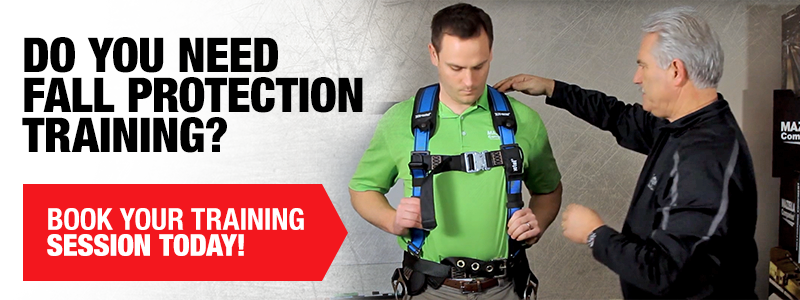

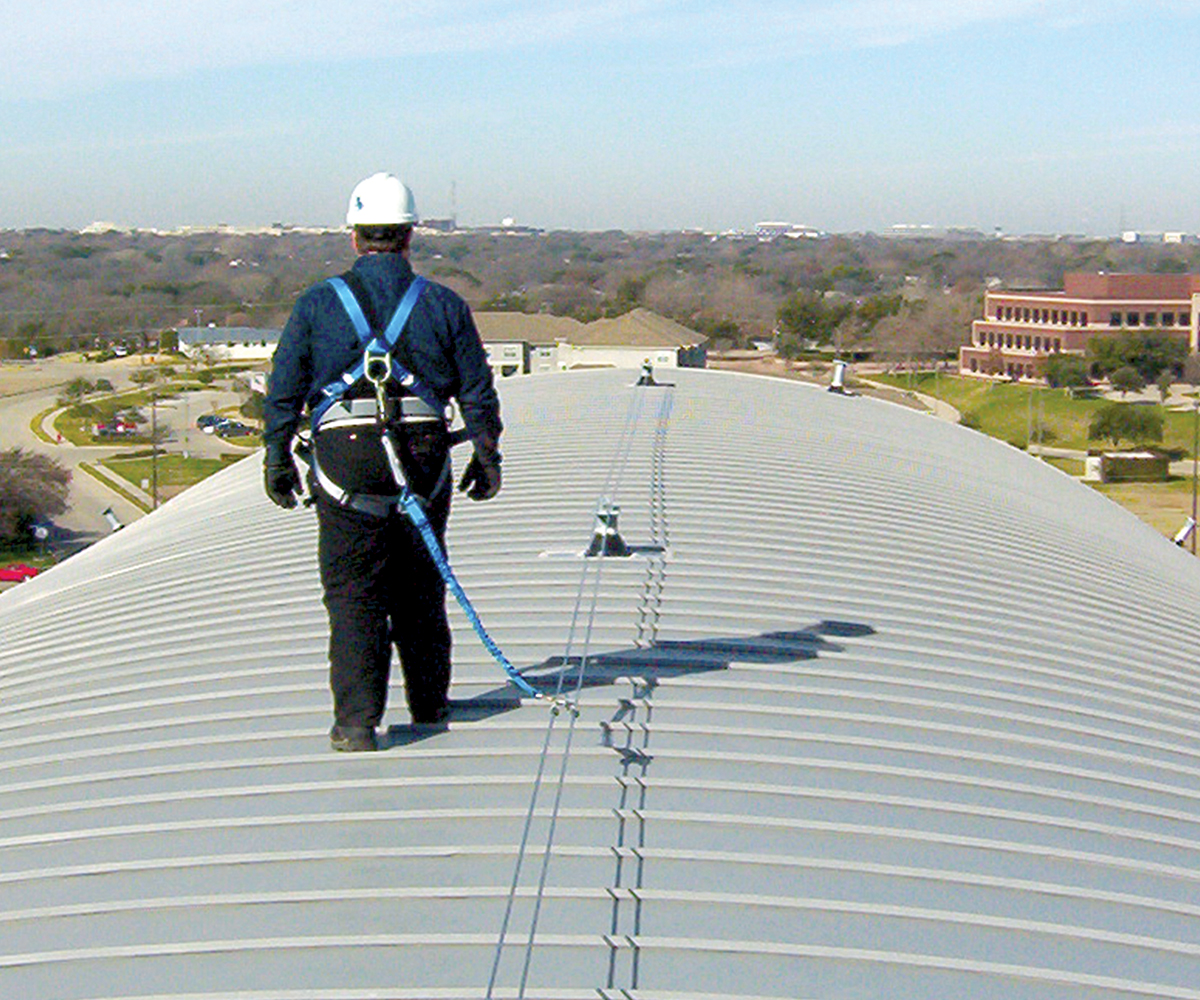
Fall Protection
We are a leading supplier and installer of engineered fall protection systems in the U.S., as well as a distributor of soft goods like harnesses, lanyards, self-retracting lifelines, scaffolding and netting.
All of our engineered systems and products meet or exceed the federal criteria required by OSHA and ANSI and can be customized with your individual fall protection and financial needs in mind.
Copyright 2022. Mazzella Companies.
